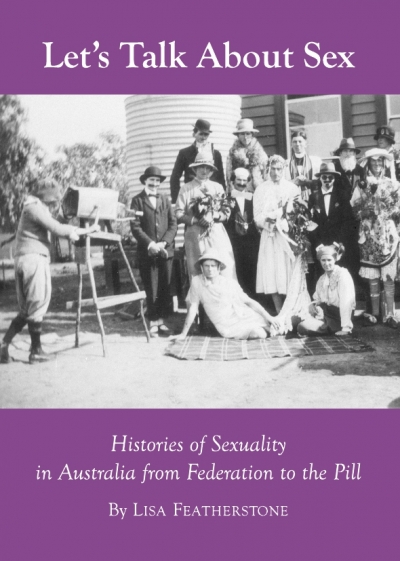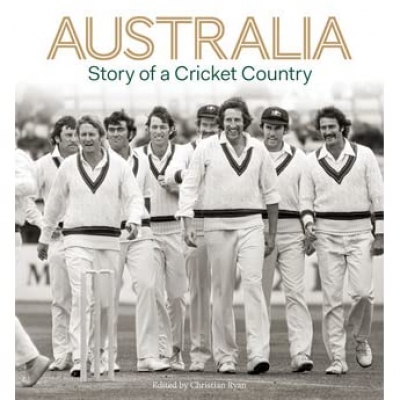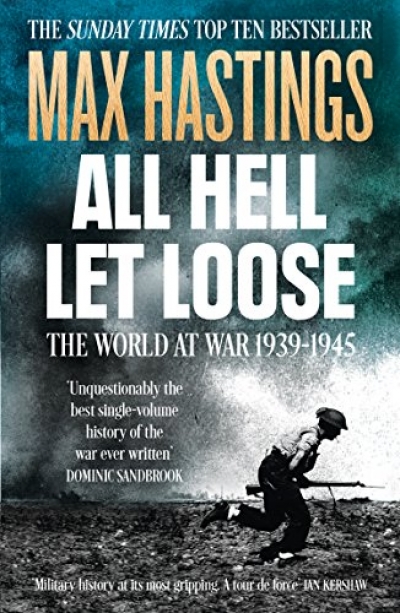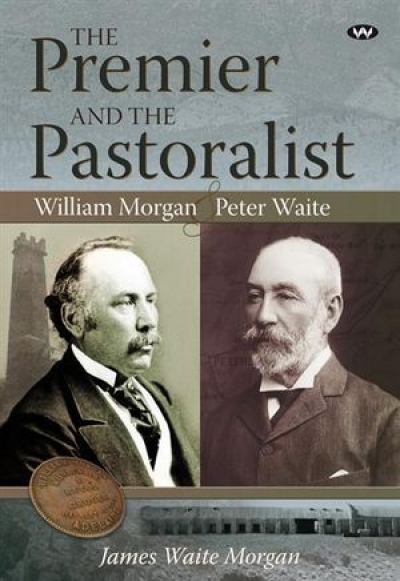History
Let’s Talk about Sex: Histories of Sexuality in Australia from Federation to the Pill by Lisa Featherstone
In Australia’s past, sex has been theorised, pathologised, even criminalised, but comparatively little has been written about the topic. One of the more exciting developments in Australian historiography over the past fifteen years has been the inclusion of gay and lesbian narratives. These perspectives have broadened understandings of Australia’s past and have shown how reading original historical sources against the grain can provide evidence about the intimate lives of Australians.
... (read more)The Censor’s Library: Uncovering the Lost History of Australia’s Banned Books by by Nicole Moore
Even at the age of eighty-four it appears that our censors of old possessed a moral clarity that no longer exists. Censorship was carried out by the state as a force of moral purpose, protecting the population from the consequences of reading banned literature: to wit, moral decline and subversion, particularly among the powerless. This was pertinent to children whose innocence entailed a lack of knowledge of moral turpitude and who were seen as particularly vulnerable.
... (read more)The ‘good’ biographer always opts for a nuanced portrait, and this is what Peter McPhee has given us in his well-written, reflective, sympathetic account of one of the most enigmatic, complex leaders of the French Revolution, Maximilien Robespierre (1758–94). McPhee had his work cut out for him. Those familiar with the period may come to this book, as I did, with somewhat preconceived ideas. Robespierre conjures up a rather distasteful character, a revolutionary with all the negative connotations that word can conjure: a zealot, cold, calculating, idealistic, paranoid, the prototype of the totalitarian bureaucrat capable of sending friends and colleagues to the guillotine for the ‘cause’. So I was curious as to what McPhee, a leading historian of the French Revolution, made of the man, and how he accounted for Robespierre’s condemnation to death of so many people.
... (read more)William Lawrence Baillieu: Founder of Australia’s Greatest Business Empire by Peter Yule
Although William Baillieu was not the founder of the Baillieu dynasty in Australia – that honour belonged to his father and mother, who produced sixteen children after he jumped ship and settled in Queenscliff – it was through him that the family name became a dominant one among the Melbourne Establishment. Six of the sixteen Baillieu siblings were involved in what Peter Yule describes as Australia’s greatest business empire, centred on the Collins House group. William Baillieu was its founder, builder, and leader.
... (read more)Australia: Story of a Cricket Country edited by Christian Ryan
A favourite quiz question for cricket history buffs has been ‘Who is the only Nobel Prize winner to play first-class cricket?’ Answer: Samuel Beckett. A question for cricket bibliophiles now might well be ‘Which Nobel Prize winner contributed an essay to an Australian cricket book?’ Answer: J.M. Coetzee.
... (read more)After Words: The Post-Prime Ministerial Speeches by P.J. Keating
As of writing, Australia has six living ex-prime ministers – not quite a record. Of these, one, of course, is still in parliamentary harness, and may still aspire to the top job. Of the remaining five, all but one have provided us with voluminous accounts of their stewardship. The exception is our twenty-fourth prime minister, Paul Keating (1991–96). Not that he has not promised, or rather threatened, such an account, telling his great rival Bob Hawke, ‘if I get around to writing a book, and I might, I will be telling the truth; the whole truth ... [of] how lucky you were to have me to drive the government during your down years, leaving you with the credit for much of the success’. One can imagine how his publishers must salivate at the prospect.
... (read more)All Hell Let Loose: The World at War 1939–1945 by Max Hastings
It is a brave undertaking to write a single-volume history of World War II. As Max Hastings notes, we already have many good books in this category: Weinberg, A World At Arms: A Global History of World War II (1994); Calvocoressi, Wint, and Pritchard, Total War: The Causes and Courses of the Second World War (1989); Millett and Murray, A War To Be Won: Fighting the Second World War (2000); and Hastings might have mentioned Parker’s Struggle For Survival: The History of the Second World War (1989) and Ellis’s Brute Force: Allied Strategy and Tactics in the Second World War (1990). He was too late to notice Andrew Roberts’s latest contribution.
... (read more)Henry Reynolds is the pre-eminent historian of Aboriginal–settler relations in Australia, and with this theme he begins his history of Tasmania. He eschews the obligatory set piece description of Aboriginal society before the Europeans arrived, with which so many books now awkwardly commence ...
... (read more)Bernard Whimpress reviews 'The Premier and the Pastoralist: William Morgan and Peter Waite' by James Waite
Family histories have their limitations. One compensation is to discover famous or infamous ancestors. In most Australian states, disinterring a convict becomes a badge of honour. In South Australia, having a nineteenth-century premier and a noted pastoralist in one’s lineage advances a claim to fame ...
... (read more)New Zealand coins often sneak into Australian purses. Both currencies bear the queen’s, and some coins have common colonial symbols on the front (Cook’s Endeavour on the Kiwi fifty cent, for example), but these coins only work by stealth. They have value if they can pass as Australian. Recognised for what they are – foreign objects – their currency evaporates ...
... (read more)










